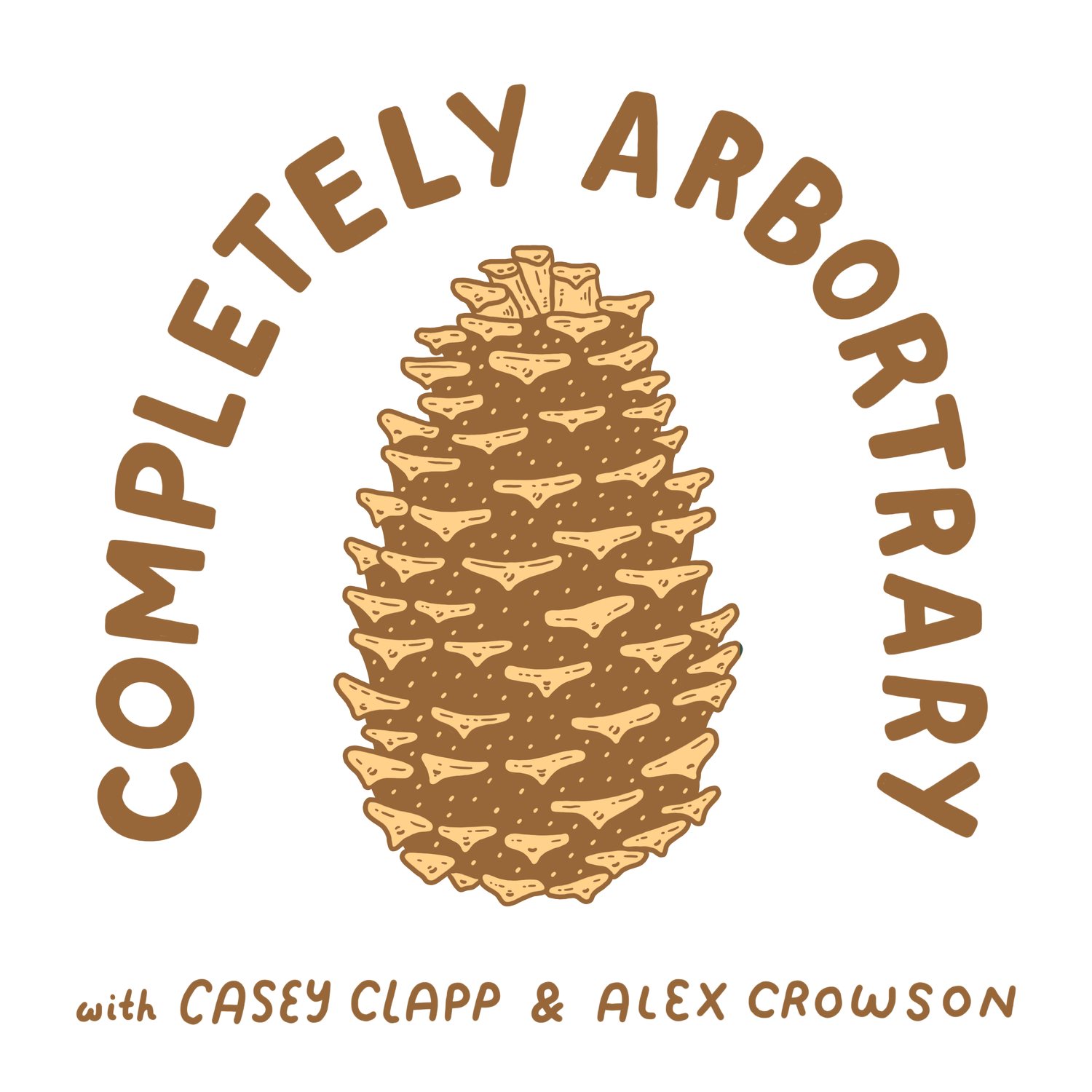LIQUID SUNSHINE (SUGAR MAPLE)
Welcome to Vermont, sugar! This week we're charging headlong into the snowy forests of Northeast North America to tap one of the sweetest trees in the game, the sugar maple (Acer saccharum)! This tree produces sap so sweet an entire industry is built on it. Maple syrup plusses up our pancakes and waffles, but it also has miraculous beginnings as the product of one of the wonders of life on our planet: photosynthesis.
Sugar Maple
(Acer saccharum)
Springtime means sugaring season in the northeast of North America. It’s not uncommon for a tree to be the cultural, religious, or mythological reason for the season, but none of these moves us so as the sugar maple.
Sugar maple (Acer saccharum) positively dominates in its native forests Though it grows as far south as Tennessee and Missouri, it prefers the colder climates further north where it can form pure stands and get a good blast of cold weather each year. As a forest tree, sugar maple is an excellent example of a late successional tree. It is especially shade tolerant and can germinate and grow in the understory for many years, biding its time for a break in the canopy. Once it finds its upper canopy home, sugar maple grows to be a massive tree with a spreading crown and deeply plated bark.
Where these trees form pure stands, they are often tapped for the magic sap they produce during the earliest weeks of spring. Once boiled down, this sap becomes the wonderous and sugary maple syrup that we pour over our pancakes and waffles year-round. This syrup is the product of the tree’s hard work the year before, and the alchemy that produces it is one of the wonders of life on our planet.
Maple syrup begins its journey as sugars stored inside the stem, branches, and roots of a sugar maple. These sugars were produced the previous growing season by the miraculous process of photosynthesis. This simple yet wildly complex process is carried out in the leaves of nearly all plants, and the bodies of cyanobacteria, and is the basis for 99.9% of everything living on this planet. Everything.
Life is founded on photosynthes. Simply put, photosynthesis is the process by which plants capture energy from the sun by using sunlight to create simple sugars out of molecules of water and carbon dioxide. These sugars are then used to power most of all life on this planet; nearly every food chain in every biome on the planet is anchored and dependent on the production of photosynthesis. It just so happens that some end products of this process are tastier than others.
In the case of our sugar maples, they spend their summers basking in the warm eastern sunshine and producing enough sugars to keep themselves happy and healthy throughout the following autumn, winter, and early spring. They use these stored sugars to keep their systems operating when in dormancy, then to jumpstart their growth in the spring. In mid-March, they begin in earnest to pull water up from the thawing soil and saturate it with sugars from their sapwood and cambium. And, as indigenous peoples discovered long ago, if you carve a nick into the bark at just the right time of year, the tree will exude this sugary concoction in great quantities!
Today, we’ve taken this practice to its capitalistic ends and created entire forests of trees tapped with small nozzles and interconnected with tubes in a plumbing network reminiscent of The Matrix. This network of tubes deposits raw sap from the trees into large vats where it’s boiled down to concentrate the sun-made sugars from the tree. In the end, we’re left with the finest syrup money can buy: literal liquid sunshine.
Completely Arbortrary is produced and hosted by Casey Clapp and Alex Crowson
Support the pod and become a Treemium Member
Follow along on Instagram
Find Arbortrary merch on our store
Cover art by Jillian Barthold
Music by Aves and The Mini-Vandals
Episode cover photo by Dave Pape
Additional Reading:
The Sugar Maple (Acer saccharum)
How Real Vermont Maple Syrup is Made - Regional Eats
Braiding Sweetgrass by Robin Wall Kimmerer

